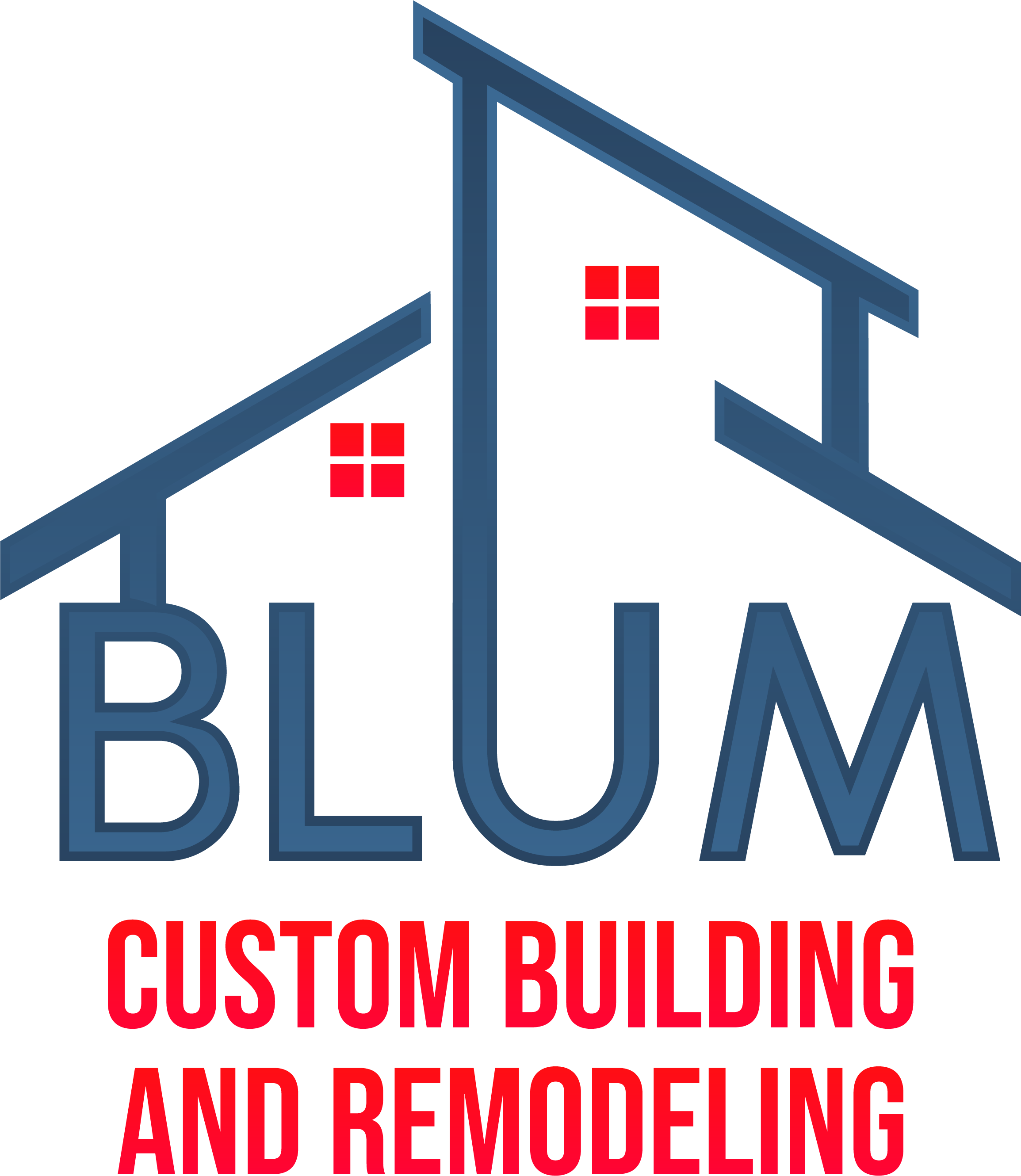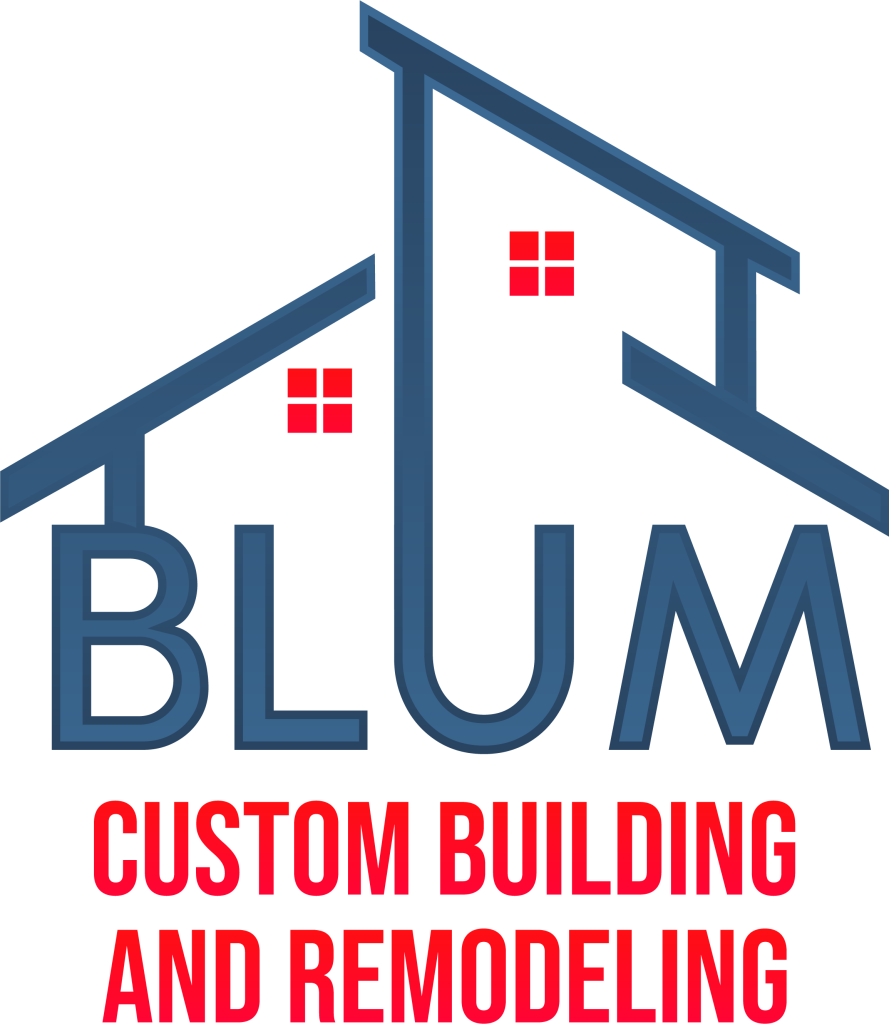Storm damage can devastate homes quickly, leaving homeowners facing urgent repairs and insurance claims while dealing with the stress of property damage. Choosing the right contractor for storm damage restoration determines both the quality of repairs and the smoothness of the recovery process. Knowing what to look for in a storm damage contractor helps homeowners make informed decisions during challenging circumstances.
Licensing & Insurance Verification
Legitimate storm damage contractors maintain proper licensing and insurance coverage that protects both their business and their clients. Verifying these credentials should be the first step in any contractor evaluation process.
State & Local Licensing Requirements
Texas requires contractors performing work over $50,000 to maintain state licensing, while local municipalities may have additional requirements. Contractors should provide current license numbers that can be verified through official government databases. Licensed contractors have demonstrated competency and are held to professional standards that protect consumers.
Inclusive Insurance Coverage
Reputable contractors carry both general liability and workers’ compensation insurance. General liability protects homeowners from damage that might occur during repair work, while workers’ compensation covers injuries to crew members on the property. Contractors should provide current certificates of insurance directly from their insurance carriers.
Bonding for Additional Protection
Bonded contractors have purchased surety bonds that provide additional financial protection for clients. If a bonded contractor fails to complete work or causes damage, the bond provides compensation to affected homeowners. This extra layer of protection demonstrates contractor commitment to professional standards.
Experience with Insurance Claims
Storm damage repairs typically involve insurance claims that require specific documentation and procedures. Contractors experienced in insurance work can help homeowners deal with these processes more effectively.
Documentation & Reporting Expertise
Experienced storm damage contractors are aware of what documentation insurance companies require for claims processing. They can photograph damage properly, create detailed estimates that match insurance requirements, and communicate effectively with adjusters. This expertise helps ensure claims are processed quickly and completely.
Supplemental Claim Management
Initial insurance estimates often miss hidden damage that becomes apparent during repair work. Experienced contractors identify these issues early and know how to document them for supplemental claims. This proactive approach prevents homeowners from paying out-of-pocket for damage that should be covered by insurance.
Direct Insurance Billing Capabilities
Some contractors can bill insurance companies directly after deductibles are met, reducing the financial burden on homeowners during the repair process. This service requires established relationships with insurance companies and proven track records of quality work and proper documentation.
Emergency Response & Temporary Protection
Storm damage often requires immediate attention to prevent additional damage from weather exposure. Contractors should provide emergency services and temporary protection measures.
24-Hour Emergency Response
Reliable storm damage contractors offer emergency response services outside normal business hours. Quick response prevents additional damage from rain, wind, or exposure that could significantly increase repair costs. Emergency services typically include tarping, board-up, and water extraction.
Temporary Repair Capabilities
Temporary repairs like roof tarping, window boarding, and temporary structural support require specific materials and expertise. Contractors should maintain inventories of emergency materials and have crews trained in temporary protection methods. These temporary measures protect property until permanent repairs can be completed.
Coordination with Other Trades
Storm damage often affects multiple building systems requiring different specialized trades. General contractors should coordinate plumbing, electrical, HVAC, and other specialty work to ensure repairs are completed efficiently without conflicts or delays.
Quality & Warranty Standards
Storm damage repairs must restore homes to pre-damage condition while meeting current building codes. Contractors should provide warranties that guarantee their work quality.
Material Quality Standards
Reputable contractors use materials that meet or exceed original construction quality. They should provide specifications for all materials and explain any upgrades or improvements being made during the repair process. Quality materials ensure repairs last and maintain property values.
Workmanship Warranties
Detailed workmanship warranties protect homeowners from defects in repair work. Warranties should cover both materials and labor for reasonable periods, typically one to five years depending on the type of work performed. Written warranty terms should clearly outline what is covered and how warranty claims are processed.
Code Compliance Assurance
Storm repairs must meet current building codes, which may be more stringent than codes in effect when homes were originally built. Experienced contractors know code requirements and can explain any necessary upgrades or improvements required for compliance.
Communication & Project Management
Effective communication and project management keep homeowners informed throughout the repair process while ensuring work progresses efficiently.
Regular Progress Updates
Contractors should provide regular updates on repair progress, schedule changes, and any issues that arise during work. Clear communication helps manage homeowner expectations and allows for timely decision-making when problems occur.
Written Contracts & Change Orders
All work should be covered by detailed written contracts that specify materials, labor, timelines, and costs. Any changes to original agreements should be documented through written change orders that are approved before work proceeds. This documentation protects both contractors and homeowners.
Local References & Portfolio Review
Established contractors can provide references from recent local storm damage projects. Speaking with previous clients provides insights into contractor reliability, quality, and professionalism. Reviewing portfolios of completed work demonstrates contractor capabilities and attention to detail.
Selecting the right storm damage contractor requires careful evaluation of credentials, experience, and reputation. Taking time to verify these factors upfront prevents problems during the repair process and ensures quality restoration that protects your investment for years to come.

